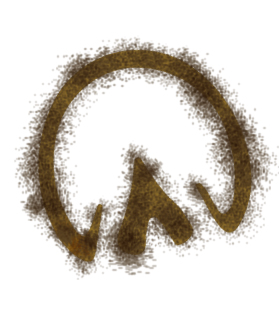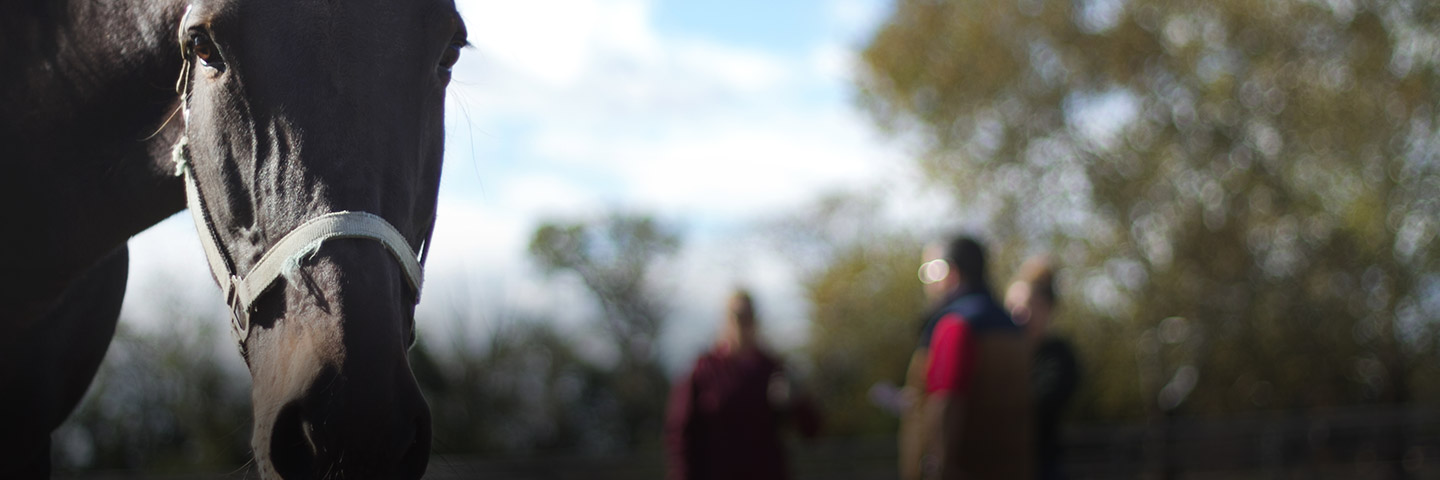Hay Everyone!
If your horse’s pasture is anything like mine, you can tell spring has arrived! My pasture is covered with tender, green shoots of new grass. Yum!! This is one of my favorite times of year to munch on the grass in my pasture. It turns out this preference of mine isn’t that surprising according to research. Non-structural carbohydrates (NSC) are highest in the spring when plants begin to grow again after being dormant in the winter. NSC is a measure of the fructans, sugars, and starches found in feedstuffs. Sugar sounds good to me, so it’s no wonder I like this fresh spring pasture! While I think this makes my pasture a paradise, these high levels of NSC can be harmful for some horses.
Some horses, especially those that are insulin resistant, will develop pasture-associated laminitis while grazing pastures high in NSC such as these green spring pastures. Much of the NSC a horse consumes is digested in the small intestine. As these sugars are absorbed from the intestine and enter the bloodstream, blood glucose rises which triggers a rise in insulin. This influx of glucose and insulin can be detrimental to some horse’s health. What can you do to keep your horse safe and happy on its spring pasture this year? It turns out many factors influence the NSC content of the forage found in a pasture. NSC will generally be lowest in the morning and highest in the late afternoon, although this will vary based on the weather. Turning your horse out to graze for a limited period of time first thing in the morning may help reduce its NSC intake and keep it healthy.
Limiting a horse’s access to pasture or having it wear a grazing muzzle can also be useful strategies to limit its overall nutrient intake and the amount of NSC in its diet. Understanding the factors that cause NSC to vary can also be helpful as you come up with the best management plan for your horse. Plant maturity and environmental factors such as temperature and weather can influence the NSC content of a forage. For a more in-depth discussion of these factors, you can check out one of our newest fact sheets: Non-structural Carbohydrates and Equine Warm-season Grass Pastures.
Another factor to consider when implementing practices to lower your horse’s NSC intake is the forage composition of the pasture. Cool-season grasses such as orchardgrass, fescue, and Kentucky bluegrass are usually higher in NSC than warm-season grasses such as bermudagrass and crabgrass and legumes such as alfalfa and clover. Incorporating warm-season grasses into your horse’s pasture can have some other benefits. In my reading, I came across another fact sheet. This one is on Crabgrass Integration in New Jersey Horse Pastures. From this fact sheet, I learned warm-season grasses have different growth patterns and photosynthetic systems. These differences mean warm-season grasses grow best in the hot summer months when cool-season grasses have very little growth. This means these forages have complementary growth patterns. (And no, that doesn’t mean the grasses tell one another they look good!) When one forage is growing vigorously, the other will be growing more slowly or be dormant and vice versa. What this means for your horse’s pasture is that there will be more total forage available throughout the year, if your pasture includes both warm-season and cool-season forages. This might help your reduce feed costs for your horse.
Based on what I’ve read and learned, it seems incorporating warm-season grasses into your horse’s pasture might be a good idea. Hopefully, you can take all the information and resources I’ve shared and use them to make your horse a true pasture paradise that can keep your horse healthy and happy for years to come. I’m off to take another nibble of these delicious grass shoots in my pasture!
Until Next Time.
Your Friend,

Lord Nelson

